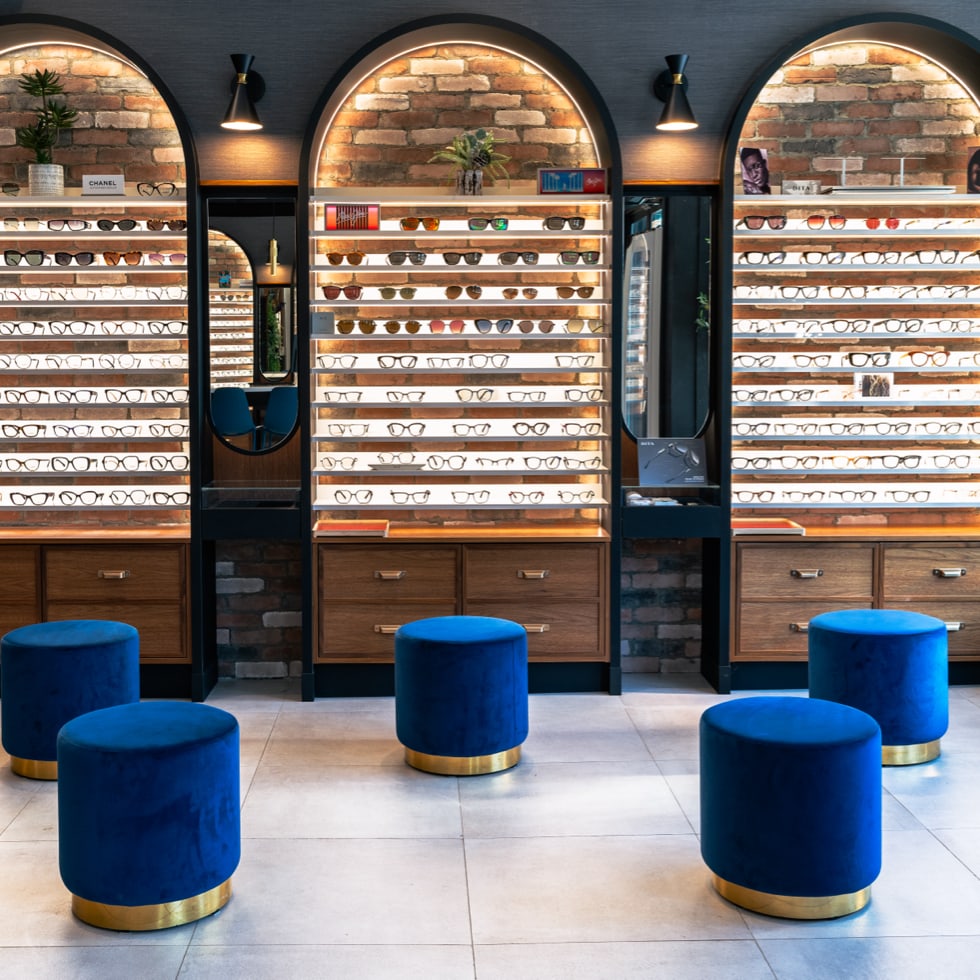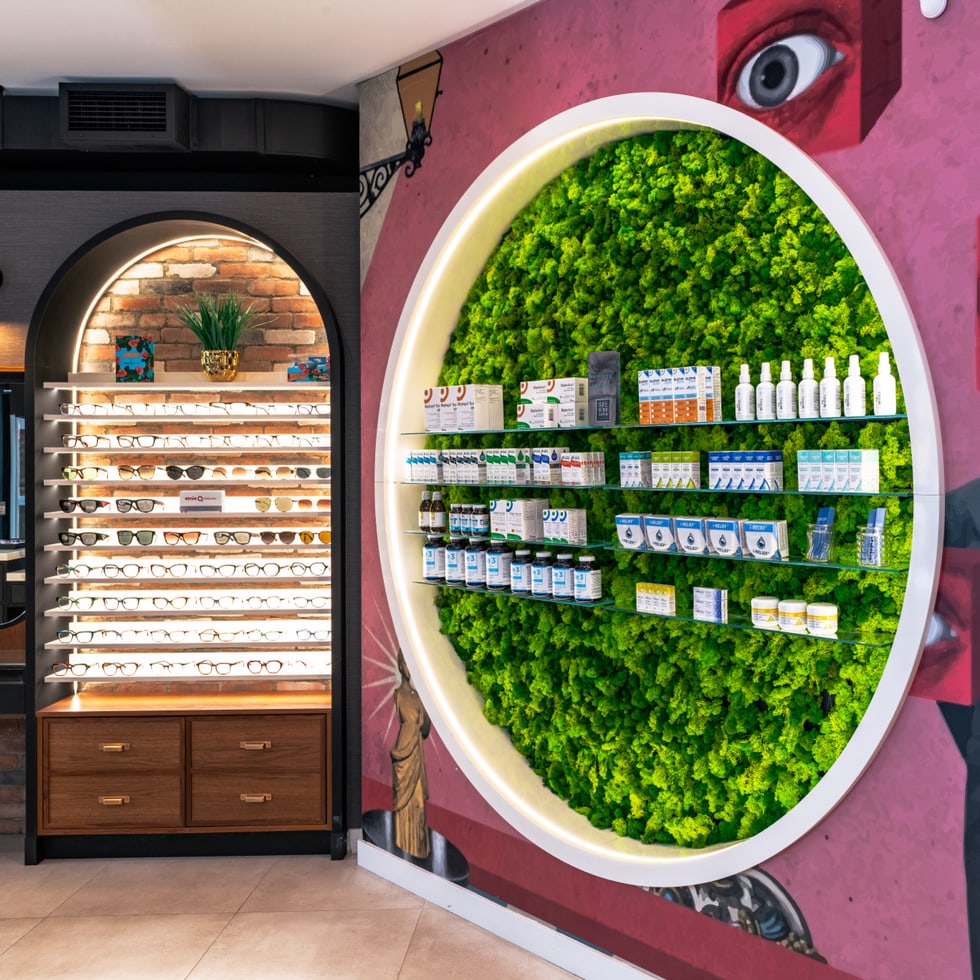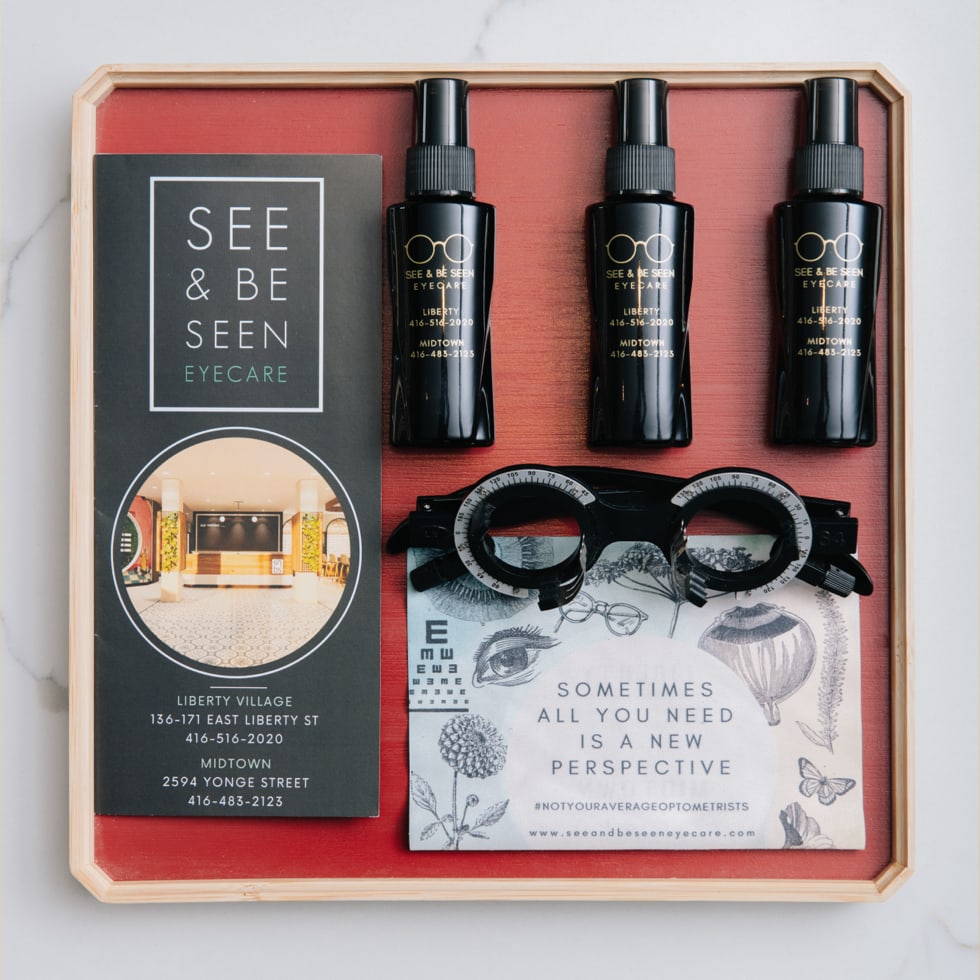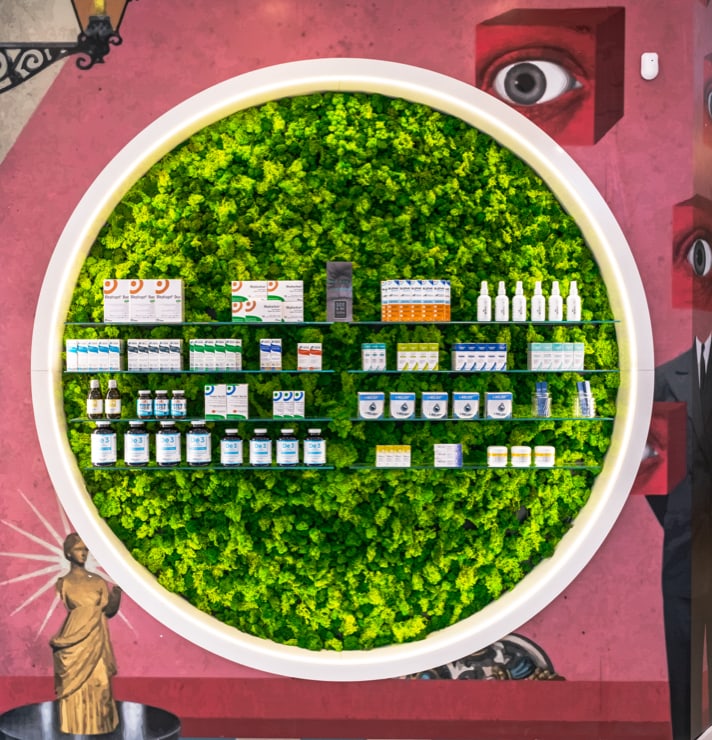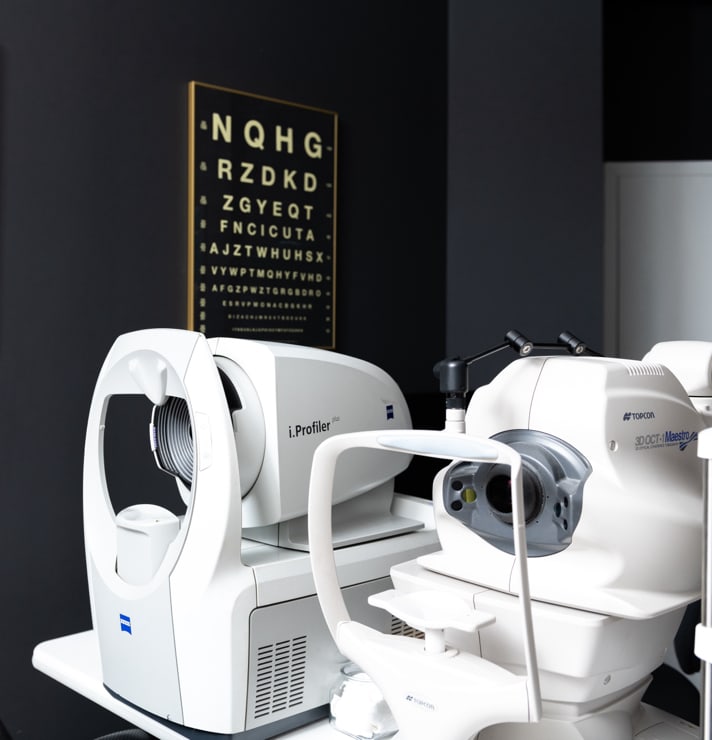Blepharitis is a chronic condition that requires consistent management. Much like brushing your teeth so you don’t get a cavity versus only brushing when you do! However, some people with blepharitis may experience more severe symptoms if they don’t diagnose or treat their condition correctly.
One of the most effective ways to manage blepharitis is understanding what causes it to flare up. After that, you can take actionable steps to manage your condition and ensure you can see and live comfortably without the risk of complications from blepharitis.
What is Blepharitis?
Blepharitis is a common eyelid condition that leads to inflammation, burning, redness, and irritation. This condition can result from several underlying causes, including:
- Poor diet (sensitivities to dairy, gluten, or sugar)
- Infections
- Dry eye syndrome
- Allergies
- Rosacea
- Eyelash mites (Demodex)
Blepharitis symptoms often stem from other conditions. For instance, Meibomian gland dysfunction (MGD) can contribute to blepharitis by impairing the oil glands responsible for maintaining a healthy tear film on the eye’s surface.
While blepharitis itself can cause discomfort, it can also worsen other eye health issues, such as:
- Excessive tearing
- Dry eye symptoms
- Styes and infections
- Corneal abrasions
- Eyelash issues
- Eyelid scarring
Chronic blepharitis can become particularly painful, especially when coupled with other symptoms like redness, dryness, and itchiness. Preventing flare-ups is essential to avoid further complications and discomfort.
Keep Your Eyelids Clean
Maintaining eyelid hygiene is a critical step in managing blepharitis and preventing related eye health problems. Bacteria and skin debris can accumulate around the eyes, aggravating blepharitis. Regular cleaning helps reduce bacterial buildup and minimizes the risk of flare-ups.
To clean your eyelids, use a clean washcloth soaked in warm water and a mild cleanser. Avoid harsh soaps, as they can cause skin irritation and redness. Additionally, consider using specialized eyelid wipes designed to remove bacteria and debris, especially if you’re prone to eye infections like blepharitis.
By keeping your eyelids clean, you can effectively manage blepharitis symptoms and promote healthier eye conditions.

These eyelid scrubs are specifically designed to wash away bacteria, oil, and debris that can cause blepharitis. They usually come as wipes, so they’re easy to use and dispose of once you’re finished so you can go about your day with comfortable vision.
To keep your eyelids clean, you should also be mindful of how much you rub your eyes daily. Eye rubbing can introduce dirt and debris to your eyes and cause blepharitis. Make sure you wash your hands regularly with soap and water, scrubbing for at least 20 seconds during each wash in case you touch your eyes.
Reduce Stress
Stress is a known trigger for blepharitis. Stress can aggravate skin conditions like rosacea, dandruff, eczema, and psoriasis. Stress can also affect your skin even if you don’t have a chronic skin condition. Blepharitis itself can also cause stress and anxiety, especially when it feels as though you won’t be able to get relief.
Reduce stress by taking time out of your day to check in with yourself and practice mindfulness. Whether it’s quietly meditating at your desk at work or taking the dog for a walk once you get home, reducing stress can drastically reduce your blepharitis risk on a day-to-day basis.
Lifestyle Adjustments
Blepharitis goes hand in hand with other chronic eye conditions like dry eye disease. With dry eye patients, eye doctors usually recommend making lifestyle changes to prevent aggravating their condition, such as:
- Manage diet – reducing dairy, gluten or other inflammatory foods
- Avoiding alcohol
- Reducing caffeine intake
- Exercising regularly
- Eating nutritious foods
These lifestyle adjustments can be helpful for people who experience blepharitis and need to manage their condition. Avoiding smoking, alcohol, and caffeine can increase skin health to reduce any debris buildup. In the opposite but complementary way, exercise and nutrition can promote healthy skin.
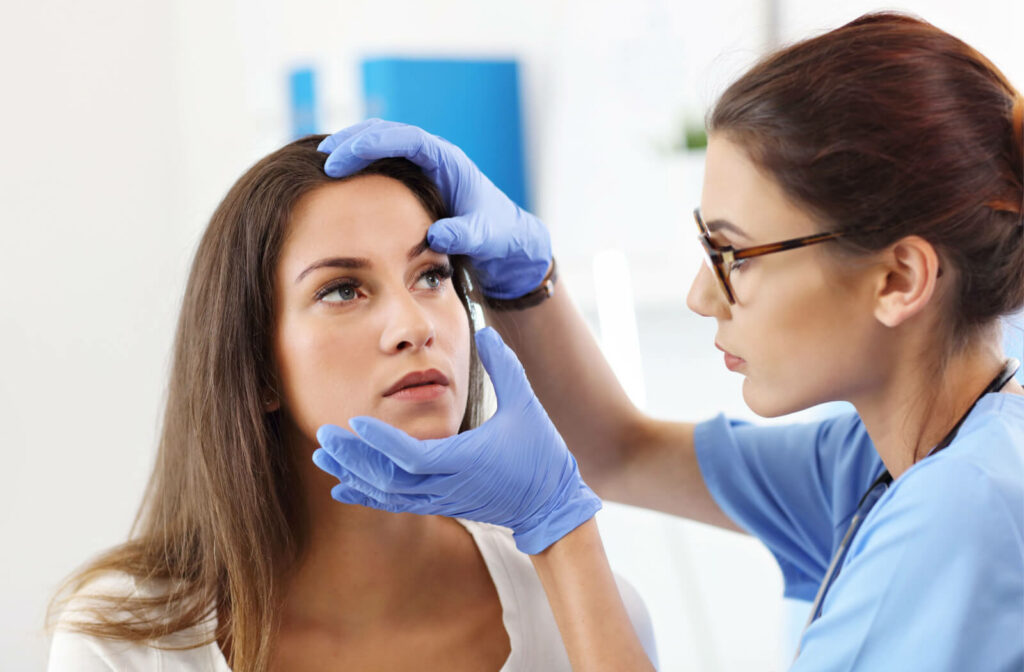
See Your Eye Doctor
Your eye doctor is your resource for managing eye conditions like blepharitis. Blepharitis is an incredibly personal condition, and having a person on your side who understands how to personalize your care can go a long way to helping you feel more comfortable. Get in touch with our dedicated See & Be Seen Eyecare team to manage your blepharitis and other eye health concerns. With locations in Liberty Village and at Yonge & Eglinton, we’re here for Torontonians.






